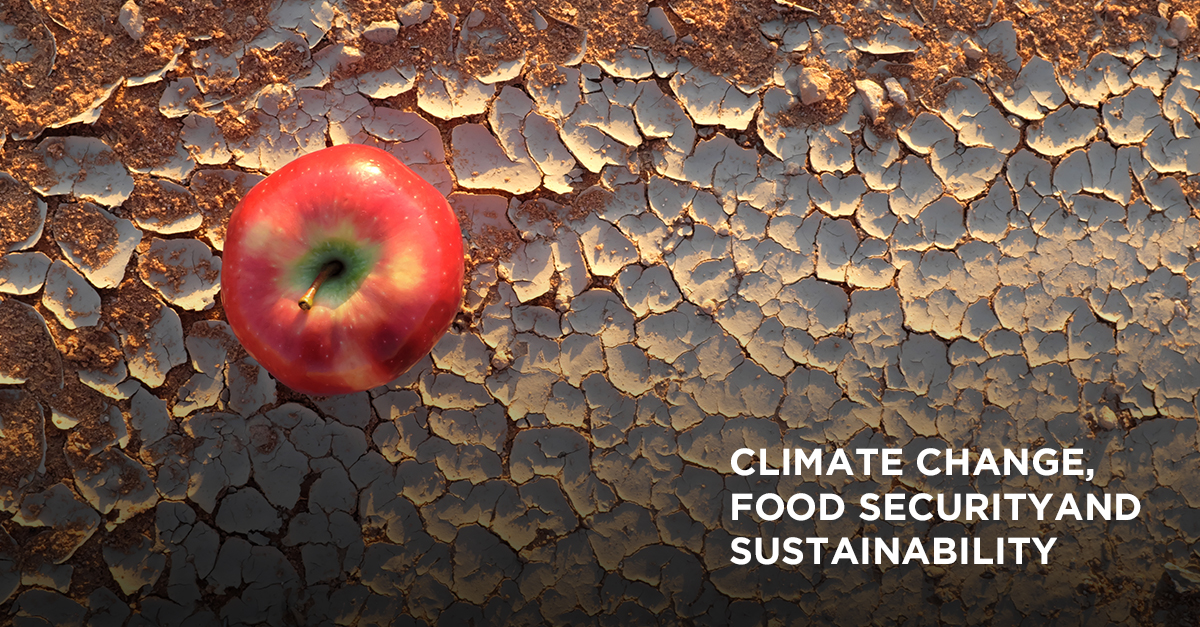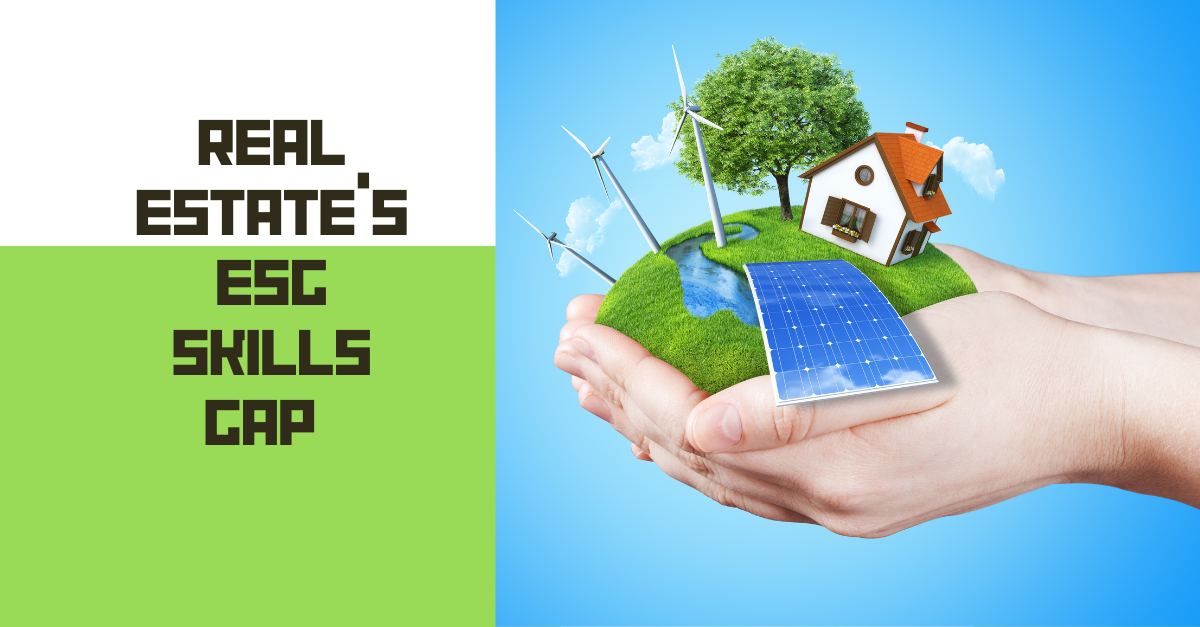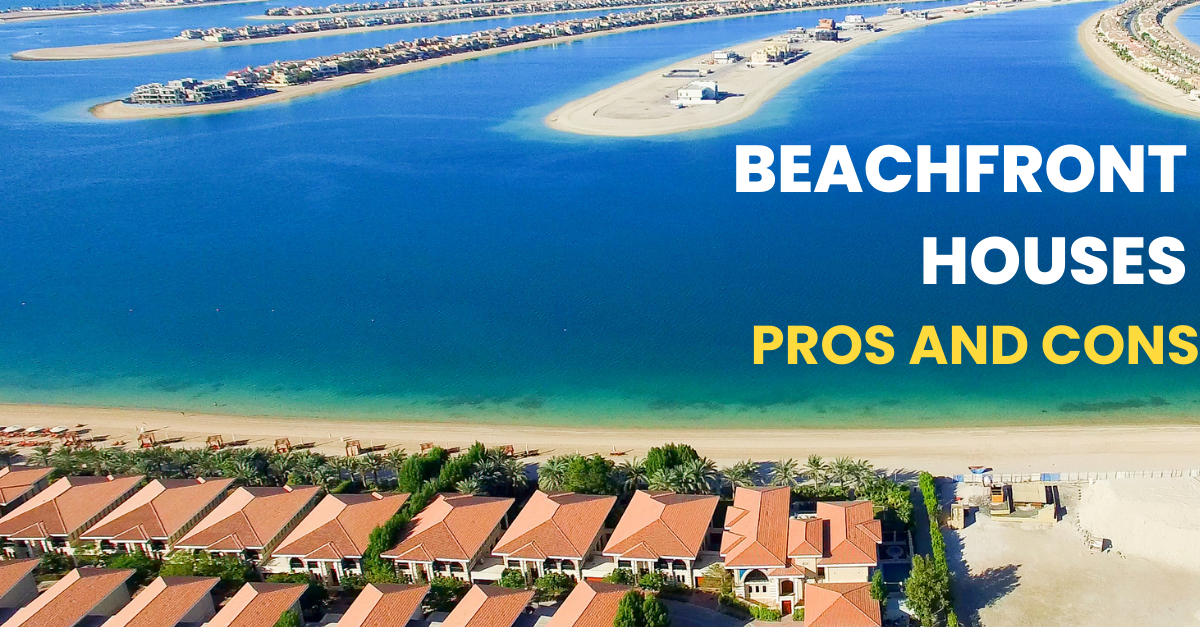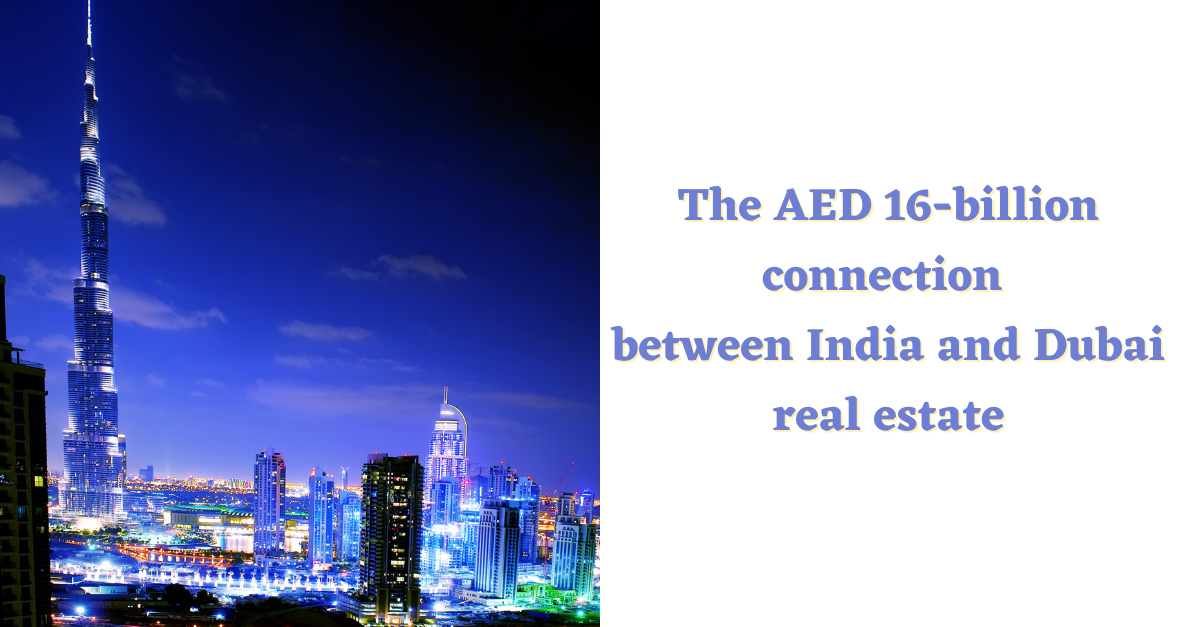Climate change, food security and sustainability: Factors determining long-term, post-pandemic real estate strategies
The global real estate service provider Savills recently published an interesting take on the ongoing pandemic: “COVID-19 is almost like climate change speeded up(1)”, it noted.
Naturally, one could wonder how an unprecedented global crisis, a long-standing environmental challenge and an asset class can be contextualized in one sentence. The connection stems from the notion that COVID-19 outbreak and its secondary effects have amplified the existing environmental, social and governance (ESG) challenges, which have cast a long, if still dormant, shadow across the real estate sector.
Acknowledging the challenge real estate faces
There is a general consensus that the real estate industry accounts for nearly 40% of global carbon emissions. But what makes this particularly distressing, according to Savills, is that global building stock is set to double by 2050. In the Middle East alone, close to two trillion dollars worth of projects are in the pipeline. If the current trajectory of climate change continues, temperatures in the MENA region could increase by four degree Celsius on average. The consequences of this temperature rise on an already perilous sustainable food and water security would be devastating.
The COVID-19 outbreak has upended activities across business and industry. Policymakers and business leaders are re-strategizing for the “new normal”. This is a moment that presents an opportunity in to devise long-term real estate strategies, which consolidate three crucial intertwined elements: Climate change, food security and sustainability.
Food for thought
Sheikh Zayed bin Sultan Al-Nahyan, the founding father of the UAE, once famously said, “give me agriculture, and I will give you civilization(2)”. His Highness’ words ring true to this day, particularly in the context of the UAE’s agrarian initiatives in recent years.
Geographic-specific challenges in the region have, so far, meant that the UAE imports nearly 85–90% of its food requirements. In order to work towards reducing such dependencies, a State Ministry for Food Security was established in 2017. The new Ministry was instrumental in the formulation of the UAE National Food Security Strategy 2051. And by 2019, the UAE jumped several places in the Global Food Security Index to rank 21, underscoring the success of the initiatives.
In the wake of pandemic-related disruptions in supply chains, the need to boost local agricultural production, and reduce dependence on imports, has only gained momentum. In fact, retailers in Dubai are already witnessing an increased demand for local produce. However, limited arable land means the food-supply localization hinges on innovation-driven practices such as hydroponics, aeroponics etc. This, in turn, necessitates high-tech facilities aimed at maximizing the yield per unit area of footprint.
According to Savills, more than $70 billion has been invested globally in ‘agritech’ since 2012. But the renewed focus means that 2020 will kick off a new era for agriculture technology, characterized by increased investments, especially in the MENA region. A sizable portion of this investment will go towards innovation-driven commercial real estate developments. The UAE, for its part, is expected to emerge as the leading hub for agritech-based localization of food supply.
Larger sustainability goals and initiatives
Under the National Climate Change Plan, the UAE is working towards developing a climate-resilient green economy. Today, policymakers and industry professionals have additional incentives to integrate long-term real estate strategies with national policies, such as the Climate Plan and Energy Plan 2050. Disproportionately high carbon footprint in old building stock demands targeted de-carbonization. New developments will need to be tailored around net zero-energy principles. When such initiatives are scaled across end markets, the cumulative impact could be profound.
In the public sector, such long-term strategies could address the side effects of rapid industrialization and urbanization. Natural drain channels have been altered to accommodate new developments, which is leading to floods, while the rise in sea levels is a cause for concern among residents and developers along the coastline. If the COVID-19 pandemic has taught us anything, it is that we must prepare proactively for worst case scenarios, before they happen. Delayed or reactive response will cost dearly.
Climate change action is at a tipping point. High ESG ratings in real estate not only assume a moral imperative, but also a financial one — investor appetite for sustainable developments will surge in the post-COVID world. Eco-conscious buyers, who have not exited the market, will capitalize on dwindling demand and seek more value, in line with their priorities and beliefs. In a buyers’ market, sustainability could emerge as a major differentiator.
However, industry-wide transition to sustainability requires structural changes. This is perhaps where Savills’ interlink between the pandemic, climate change, and long-term real estate strategies, begins to make sense. The COVID-19 pandemic thrust a global existential threat, on an unsuspecting and unprepared world. It created a sense of urgency and decisiveness among policymakers and industry leaders. The resulting mindset should be conducive to the aforementioned “structural changes”. In the case of the UAE, strong institutions and forward-thinking leadership could make this transition simpler and more transformative.




